The History of Technology - The Stone Age
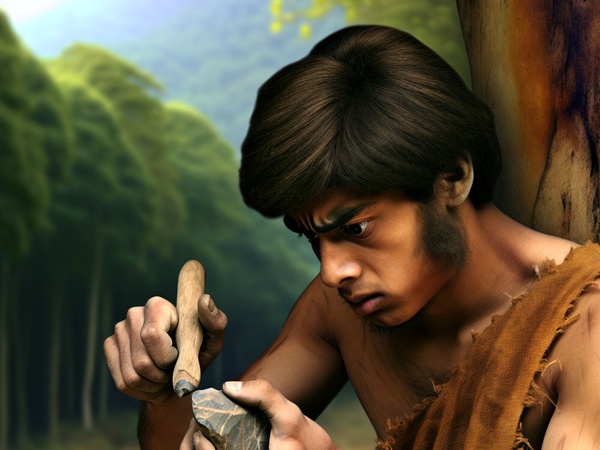
<p>Stone Age</p><p>In the time before recorded history, or as it’s more commonly called “The prehistoric era”, humanity crafted its first tools out of wood, stone and animal by-products. Through laborious effort, a monumental investment of time and energy and simple ingenuity, humanity turned what were the simplest of materials into tools that enabled us survive and thrive against an uncaring and often brutal environment.</p><p>This arduous time is referred to by modern historians as the Stone Age. Named after the material which characterized the most important and most enduring of the crafting materials utilized at the time.</p><p>Archeologists have long theorized about the abundance of other, more organic tools utilized, but since most of these would have degraded or decomposed in the intervening time, we simply refer to it by the material that has lasted till now. </p><p>Axes, spears, bowls and many such small items were created and shaped at this period all over the globe out of several different types of stone. Granite in the European regions, obsidian, commonly found in volcanic areas such as in some parts of Meso-America and of course clay: an incredibly versatile material, still finding use today.</p><p>Some of the oldest, currently verified human made artifacts discovered by archeologists, are estimated to be over 2.6 million years old. These implements, a collection of wedges and hammers which vary in age by millions of years, are known as the Oldowan and are kept in the Smithsonian Museum of Natural History, open to viewing by the public. </p><p>It is accepted that most civilizations had progressed from the Stone Age by at least the years 4000 to 2000BC. This makes the Stone Age the longest ever epoch of human technological evolution.</p><p>The tools made during this time could be seen by some as crude and inefficient. I however see them as a window into the human intellect, hewing purpose and use out of ignoble rock. Stone was arduously and carefully used to craft edges, points and percussive surfaces. Blood, sweat and tears used to carve purpose into unyielding rock. </p><p>One would think that functional tools such as spears, bowls and clothing would be the foremost priority of our ancestors, but the archeological record has shown that just like us, they also used technology in the service of art.</p><p>Musical instruments like primordial flutes and drums, paints and dyes to depict the world around them and bring colour to their homes. We know that even in this time of struggle against the harshest realities of nature, our capacity to dream, create and celebrate was never muted.</p><p>The advent of metalworking heralded the end of the Stone Age. Somewhere and somehow, a crude method to refine a special type of rock was discovered. Rather than artfully banging two rocks together to form a greater whole, the ability of smelting and extracting a more useful component was discovered. Such was the discovery of man’s oldest metal: Copper.</p>
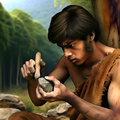

The History of Technology - The Stone Age
By
 Adah Unobe
•
2 plays
Adah Unobe
•
2 plays
 Adah Unobe
•
2 plays
Adah Unobe
•
2 plays
0:00 /
0:00
Referral Earning
Points-to-Coupons
Insights for you.




 106
106






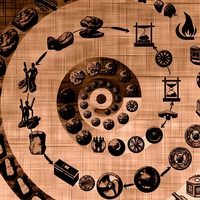
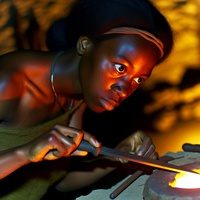







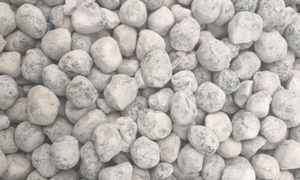









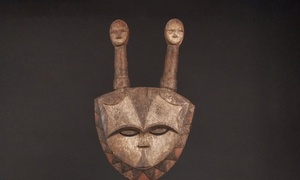






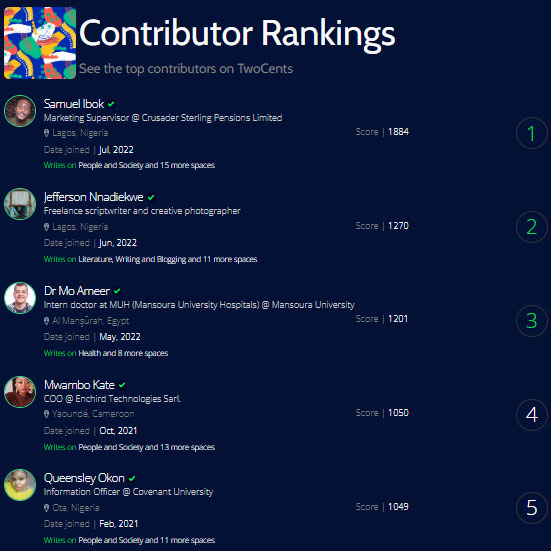
























Comments